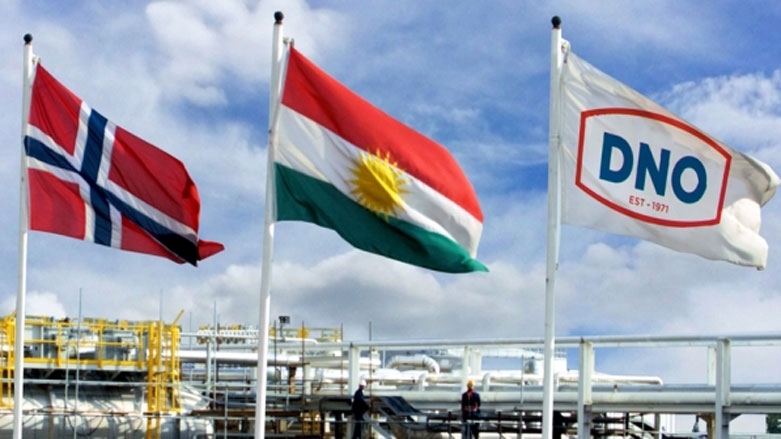Genel Energy has issued an update on oil reserves and resources across its portfolio.
Bill Higgs (pictured), Chief Executive of Genel, said:
“The quality of our reserves is the foundation of our resilient business model, providing us with low-cost production that can generate cash for many years to come.
“Drilling at Sarta this year has the potential to add to our reserves, with Qara Dagh adding the possibility of opening up another field in the Kurdistan Region of Iraq, as we look to further build our cash generative portfolio for the benefit of all stakeholders.“
| Net oil reserves (MMbbls) | 1P | 2P | 3P |
| 31 December 2019 | 68.8 | 123.8 | 194.9 |
| Production | (11.7) | (11.7) | (11.7) |
| Technical revisions | 12.2 | 5.0 | (6.0) |
| 31 December 2020 | 69.4 | 117.2 | 177.2 |
International petroleum consultants DeGolyer and MacNaughton assess that, at the Tawke field on the Tawke licence (Genel 25% working interest), gross year-end 2020 1P reserves stood at 173 MMbbls, compared to 176 MMbbls at year-end 2019, after adjusting for production of 21 MMbbls and an upward technical revision of 18 MMbbls. Tawke field 2P reserves stood at 245 MMbbls (261 MMbbls at end-2019) and 3P reserves at 359 MMbbls (376 MMbbls at end-2019).
The Enhanced Oil Recovery project at the Tawke field has started to deliver a positive impact on production. Pending further work on the project, the 23 MMbbls of 2P and 45 MMbbls of 3P gross reserves that DeGolyer and MacNaughton previously included in their figures continues to be maintained by Genel in 2C and 3C resources.
At Peshkabir, also on the Tawke licence (Genel 25% working interest), year-end 2020 gross 1P reserves were assessed at 61 MMbbls (51 MMbbls at end-2019), 2P reserves at 116 MMbbls (125 MMbbls at end-2019) and 3P reserves at 201 MMbbls (220 MMbbls at end-2019). The upward revision of 1P and 2P reserves by 29 MMbbls more than offsets production of 19 MMbbls, and is the result of continued outstanding field performance in 2020.
At Taq Taq (44% working interest, joint operator), 1P gross reserves stood at 18 MMbbls at year-end 2020 (20 MMbbls at end-2019), following a minor technical upward revision of 1 MMbbls and production of 4 MMbbls. Gross 2P reserves stood at 33 MMbbls (44 MMbbls at end-2019), with a downward revision of 8 MMbbls following a reduction to the number of wells planned for the future, and their associated expected productivity. McDaniel & Associates carried out the independent assessment of the Taq Taq licence.
Genel’s gross 2P reserve estimate relating to Phase 1A of the Sarta development remains unchanged at year-end 2020, standing at 34 MMbbls.
CONVERTING RESOURCES TO RESERVES
| Net oil resources (MMbbls) | 1C | 2C | 3C |
| 31 December 2019 | 66.5 | 152.0 | 345.8 |
| Technical revisions | (8.6) | (8.6) | (8.0) |
| 31 December 2020 | 57.9 | 143.4 | 337.8 |
There has been no change to the ERCE view on Sarta (30% working interest), with an estimated mid-case total recoverable oil resource of 593 MMbbls, of which 258 MMbbls are classified as 2C resource. Production performance in 2021, and the results of the upcoming three well campaign in 2021, will inform the quantity of conversion of these resources into reserves.
At Qara Dagh (40% working interest, operator) the QD-2 well will test the crestal portion of the prospect, which has a mean prospective resource estimated by Genel at c.400 MMbbls. Genel continues to estimate that the downdip segment tested by the QD-1 well defines a 2C resource of 47 MMbbls.
(Source: Genel Energy)
The post Genel Energy Updates on Oil Reserves first appeared on Iraq Business News.

